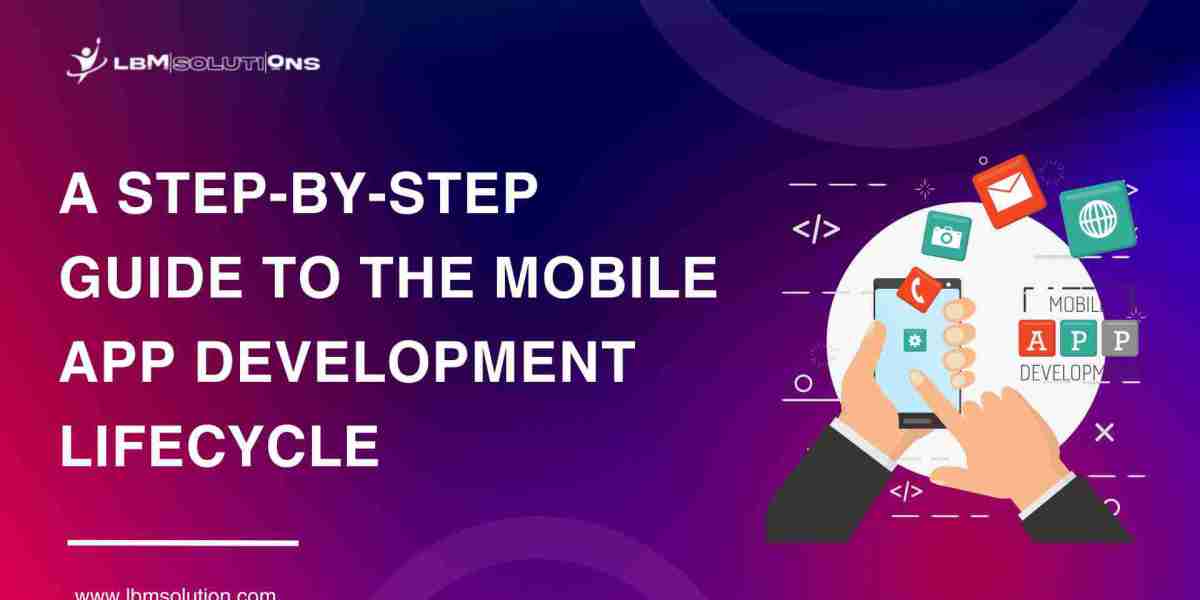Here’s a step-by-step guide to the mobile app development lifecycle :
1. Ideation and Research
Brainstorm and define the app’s purpose.
Identify the target audience and research competitors.
Conduct SWOT analysis to identify strengths, weaknesses, opportunities, and threats.
Validate ideas using market research tools and surveys.
Define key performance indicators (KPIs) to measure success.
Analyze user needs and preferences to shape the app’s concept.
Gather feedback from potential users before proceeding.
2. Planning and Strategy
Outline the development roadmap with clear goals.
Define features, estimate costs, and create a project timeline.
Select the right technology stack for development.
Prepare a detailed project plan for alignment between the team and stakeholders.
Plan budget and allocate resources effectively.
Identify potential risks and create mitigation strategies.
Establish communication channels for seamless collaboration.
Plan for app scalability and future enhancements.
3. UI/UX Design
Develop wireframes and prototypes to visualize the app.
Focus on creating a user-friendly and visually appealing design.
Ensure consistency, accessibility, and smooth navigation.
Implement responsive design principles.
Utilize tools like Sketch, Figma, and Adobe XD for designing.
Prioritize user-centric design to enhance satisfaction and retention.
Test UI/UX with user feedback before finalizing designs.
4. App Development
Divide development into backend, API, and frontend processes.
Choose suitable technology stack and programming languages.
Follow an agile approach for continuous improvement.
Ensure seamless integration between frontend and backend developers.
Maintain clear communication and collaboration.
Implement robust security measures during development.
Optimize code for performance and scalability.
Conduct regular code reviews for quality assurance.
5. Testing and Quality Assurance
Conduct functionality, usability, performance, compatibility, and security testing.
Utilize automated testing tools for better accuracy.
Perform beta testing with real users for valuable feedback.
Identify and resolve bugs or issues before launch.
Ensure cross-platform compatibility and responsiveness.
Monitor app stability under various conditions.
Document test results and address critical issues.
6. Deployment
Publish the app on platforms like Google Play Store or Apple App Store.
Ensure compatibility with platform guidelines.
Prepare marketing materials and create a launch plan.
Set up analytics for performance monitoring.
Implement ASO (App Store Optimization) to enhance visibility.
Create a marketing strategy to boost downloads and user engagement.
Monitor user reviews and feedback post-launch.
Ensure a smooth onboarding experience for new users.
7. Maintenance and Updates
Provide regular updates, bug fixes, and feature enhancements.
Adapt to new technologies to keep the app relevant.
Gather user feedback and monitor app performance.
Analyze user behavior for continuous improvement.
Update app content and features according to user preferences.
Maintain app security by addressing vulnerabilities.
Ensure compatibility with the latest operating systems and devices.
Conclusion
Following a structured mobile app development lifecycle is crucial for delivering high-quality apps. Each phase plays a vital role in creating an efficient, functional, and user-friendly product. By understanding and adhering to this process, developers can ensure their apps stand out in a competitive market.














